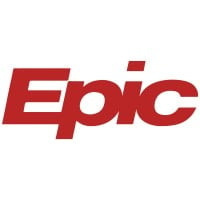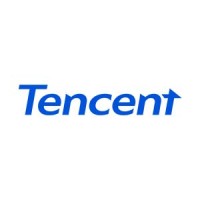
Epic
Join us in our mission to help the world get well, help the world stay well, and help future generations be healthier. We hire smart and motivated people from all academic majors to code, test, and implement healthcare software that hundreds of millions of patients and doctors rely on to improve care and ultimately save lives around the globe. No healthcare experience is necessary; we'll train you to be an expert in health IT and we'll provide you with personal development classes to grow as a professional. Our expectations for you are high, but in healthcare so are the stakes.






